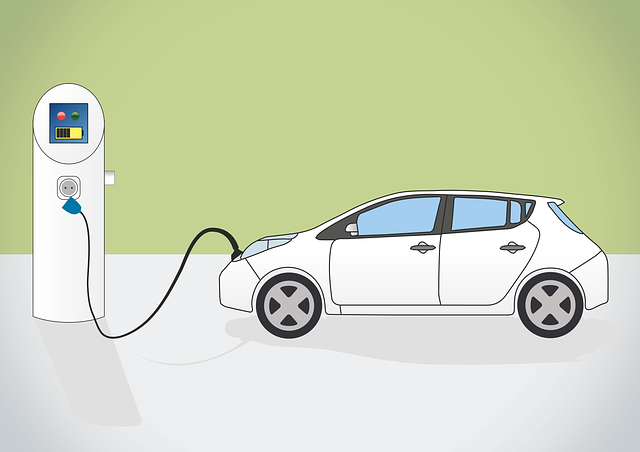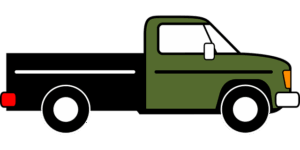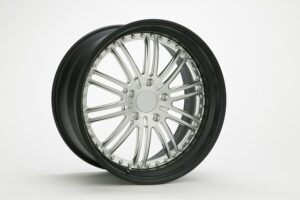Register Car California: Step-by-Step Guide to DMV VIN Verification
Looking to register your car in California? This guide breaks down the process step-by-step, ensuring a smooth transition. First, understand the eligibility requirements for registration, including ve…….

Looking to register your car in California? This guide breaks down the process step-by-step, ensuring a smooth transition. First, understand the eligibility requirements for registration, including vehicle condition and ownership proof. Next, gather essential documents and forms, such as the DMV’s required paperwork. Perform a crucial dmv vin verification to confirm your vehicle’s identity. Then, complete the application process at your local California DMV office. Finally, obtain your license plate and officially register your car.
- Understand Eligibility Requirements for Registration
- Gather Necessary Documents and Forms
- Perform DMV Vehicle Identification Number (VIN) Verification
- Complete Application Process at California DMV
- Obtain License Plate and Register Your Car
Understand Eligibility Requirements for Registration

Before you begin the registration process, it’s crucial to understand if your vehicle meets California’s eligibility requirements. All vehicles operated on California roads must be registered with the Department of Motor Vehicles (DMV). This includes cars, motorcycles, and other motor vehicles. One essential step in the registration process is the DMV VIN verification, which ensures that your vehicle’s unique identification number (VIN) is legitimate and matches the data on file.
To qualify for registration, your vehicle should be in working condition and meet safety standards. It’s also important to have the necessary documents, such as proof of ownership and insurance. If you’re purchasing a used car, a mobile VIN inspection or verifier can help ensure that the vehicle has not been reported stolen or has any outstanding issues before completing the registration process with the DMV.
Gather Necessary Documents and Forms

Before registering your car in California, you’ll need to gather several essential documents and forms. This process is designed to ensure compliance with state regulations and verify the vehicle’s history. One crucial step in this journey is the DMV VIN verification, which involves cross-referencing the unique Vehicle Identification Number (VIN) of your car against official records. This can be done through various methods, including a mobile vin verification or using a trusted mobile vin verifier to ensure accuracy.
Additionally, you’ll require proof of ownership, typically in the form of a bill of sale or previous registration documents. Insurance papers, a valid driver’s license, and current vehicle inspection results are also necessary. For a seamless process, consider utilizing digital versions of these documents, as many California DMV services allow online submissions, including mobile vin inspection if available, to streamline the car registration procedure.
Perform DMV Vehicle Identification Number (VIN) Verification

Before you can register your car in California, you’ll need to ensure that your vehicle meets all legal requirements, and one crucial step is completing a DMV Vehicle Identification Number (VIN) verification. This process involves checking the VIN of your car against the state’s records to ensure it matches known specifications and isn’t reported as stolen or damaged. It’s a vital step in the registration process, and you can conveniently accomplish it through a mobile vin verifier or by scheduling a mobile vin inspection.
During the verification, a trained professional will examine your vehicle’s VIN plate—usually located on the dashboard near the window—and cross-reference the details with the Department of Motor Vehicles’ (DMV) database. This ensures that your car is safe to drive and meets California’s safety standards. If there are any discrepancies or issues flagged during this inspection, you’ll be informed before proceeding with registration, allowing you to address them promptly.
Complete Application Process at California DMV

To register your car in California, the first step is to complete the application process at the California Department of Motor Vehicles (DMV). This involves gathering essential documents and providing accurate information about your vehicle. One crucial aspect of this process is the dmv vin verification, which ensures that the Vehicle Identification Number (VIN) on your car matches the records in their system.
During the application, you’ll need to undergo a vin inspection to validate the VIN. You can do this at a DMV field office or consider using a mobile vin verifier for added convenience. This tool allows for quick and accurate dmv vin verification, making the registration process smoother. Once your VIN is verified, along with other required documents like proof of insurance and identity, you’ll be on your way to completing the car registration in California.
Obtain License Plate and Register Your Car

After completing your vehicle’s purchase, it’s time to obtain a license plate and register your car with the California Department of Motor Vehicles (DMV). The first step involves verifying the Vehicle Identification Number (VIN) through a process known as VIN verification. This can be done at a local DMV office or, for added convenience, by utilizing a mobile vin verifier—a service that allows you to complete the necessary inspection remotely. During this stage, ensure your vehicle meets all safety and environmental standards set by the state.
Once your car passes the VIN verification, you’ll need to gather essential documents, such as proof of ownership, insurance, and identification. With these in hand, you can visit a DMV location or use their online services to register your vehicle officially. This step completes the legal process, making your car roadworthy and allowing you to display the assigned license plate on your vehicle.
Registering a car in California involves understanding eligibility requirements, gathering essential documents, completing a straightforward application process, and undergoing DMV VIN verification. By adhering to these steps and ensuring all necessary paperwork is in order, you can efficiently obtain your license plate and officially register your vehicle in the Golden State. Remember, proper registration ensures your car complies with local laws and allows for safe operation on California’s roads.







